From this lecture notes, the open circuit time constant approximation:
How to prove the yellow part? The lecture note mentioned Richard Adler at MIT did prove this but I could not able to find his proof and also don't have access to that.
Basically I want to know why when you calculate time constant for a capacitor you should open-circuit all other capacitors not shorting all other capacitors?
I know this is zero value time constant so C = 0 means that you open circuit capacitors but that doesn't really explain the root cause why each time constant in the transfer function is equal to "open circuit" time constant.

